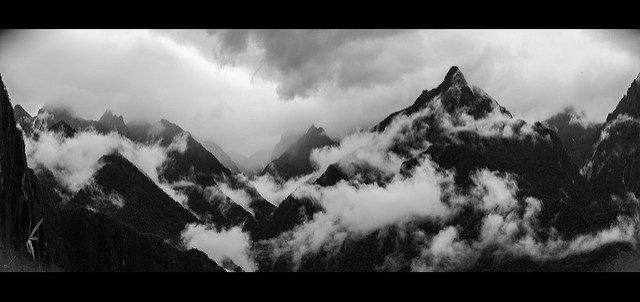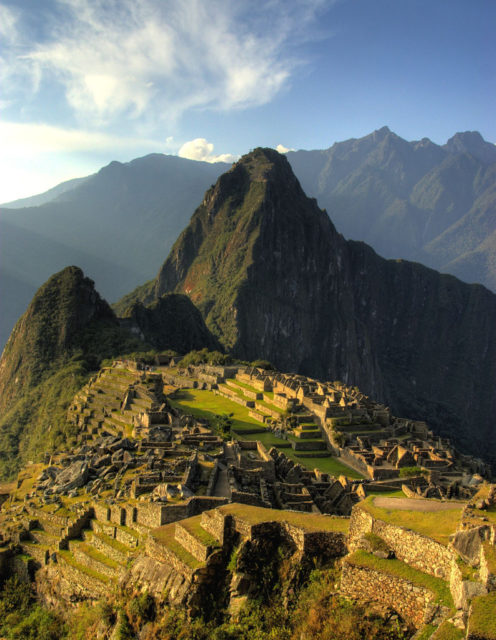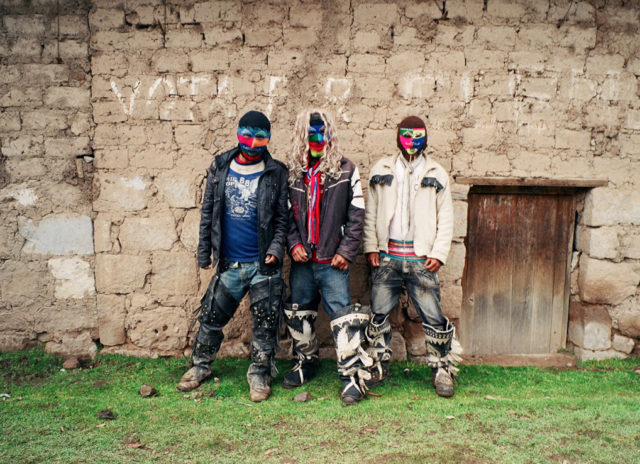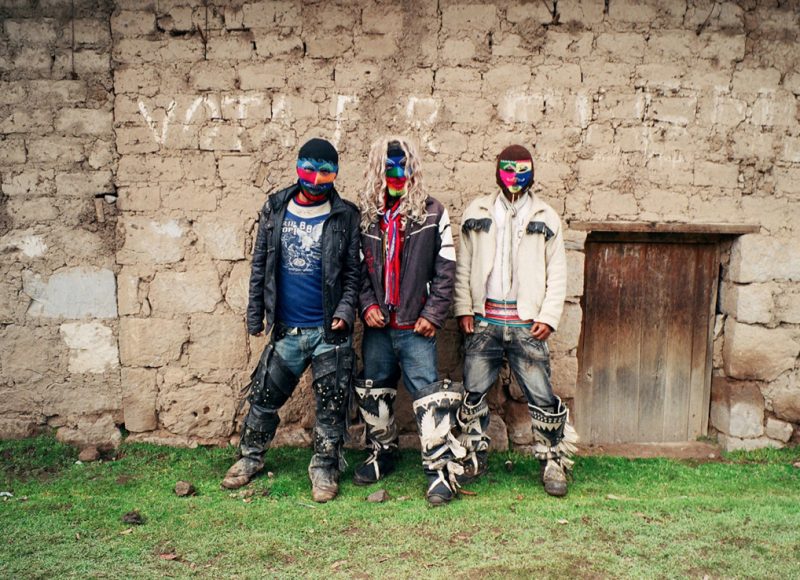Out of all Christmas festivals in the world, the Takanakuy festival from the Chumbivilcas Province of Peru is one of the weirdest, and certainly the most aggressive.
High up in the Andes mountain range, close to the mystic ruins of Machu Picchu, communities from several towns get together to partake in this unusual celebration. In the ancient language of Quechua, which is the primary language of the region, the word “Takanakuy” translates to “when the blood is boiling”.

The festival resembles other traditional festivals of South America in many ways: it involves music, extremely detailed dancing choreographies, drinking and complex colorful costumes. However, it stands out because it culminates with public fist fighting. The fighting was originally reserved for men and served as a public display of manhood, but the festival has evolved and now men, women, and children of all ages can participate in the ritual.
The fighting now has a greater significance for the community than it had as a ritual display of manhood. It serves as a catharsis: its purpose is to settle grievances built up over the year. People enter specially constructed arenas to settle various personal or civic disputes. The matches are organized and the fighting resembles martial arts sparring: referees keep the fights from escalating into bloodshed, and rules such as “no biting” ensure the fights remain relatively civilized. The proximity of the ancient ruins of Machu Picchu has made the festival a tourist attraction in its own right.

There are several types of outfits that may be worn by the fighters at the festival. One of them is named Langos: the word “langos” translates to “locust”, and the Langos costume is made to resemble one. It is made of shiny material and decorated with metal beads, and the wearers often attach dead birds to it, in order to represent the death the locusts caused in the region during the 1940s.
Another outfit, the Quarawatanna, features a traditional dress of the region coupled with a leather jacket and cowboy boots. This costume also features a mask decorated by either dead birds or a deer skull, and is popular among younger fighters due to its intimidating appearance.

The cathartic nature of fist fighting of the Takanakuy festival probably originated in the region’s remoteness and the lack of governmental influence.
The communities of the region needed a way to settle disputes and keep the peace in the region, so they organized their own form of outlaw justice. The festival helps to resolve conflicts and strengthen the community.
